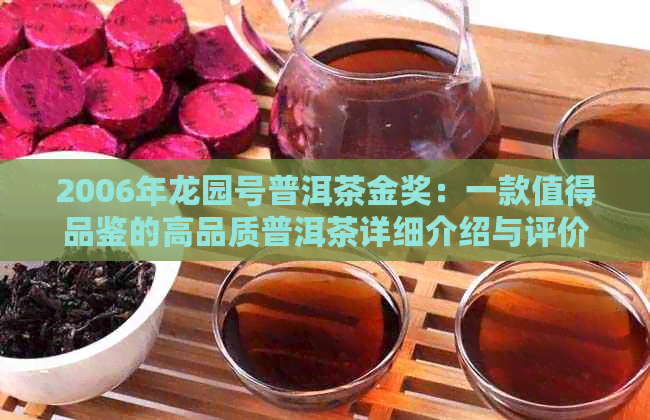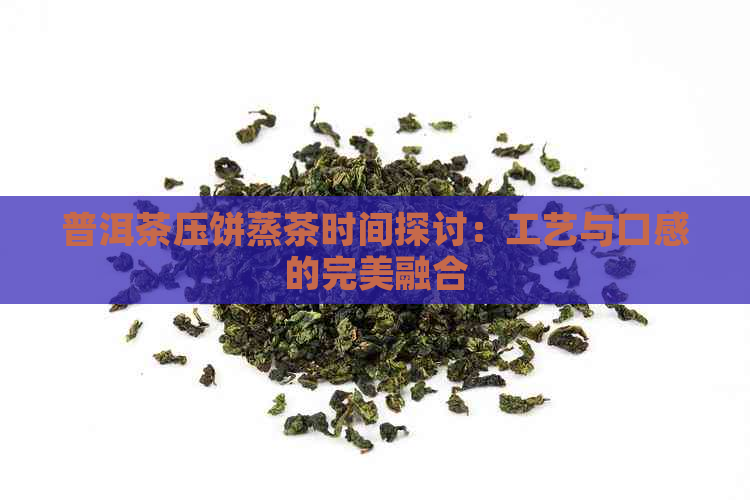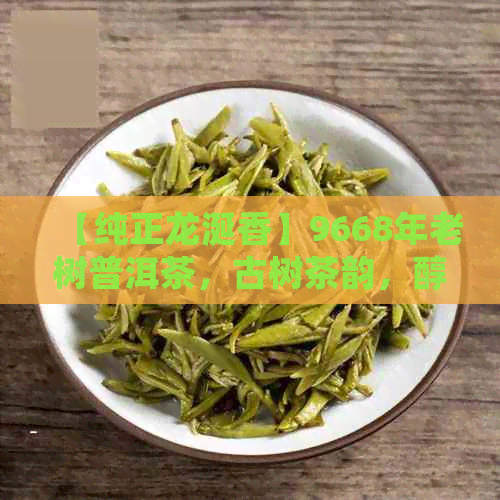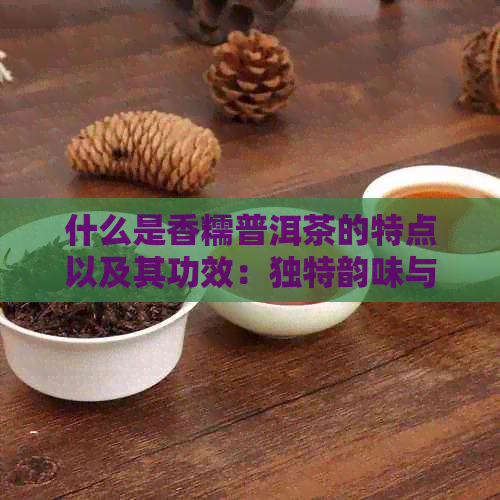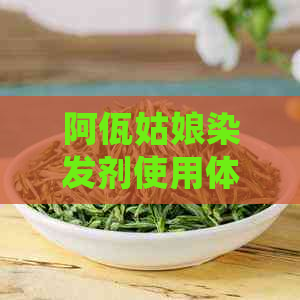全方位了解购买普洱茶的注意事项与细节,让您轻松成为普洱茶专家
Title: A Comprehensive Guide to Buying Pu'er Tea: Key Considerations and Detls to Make You an Expert

Introduction
Pu'er tea, a unique variety of Chinese tea, has gned immense popularity worldwide for its distinct flavor, health benefits, and rich cultural history. As a beginner or even an experienced tea enthusiast, purchasing the right Pu'er tea can be a daunting task. This article ms to provide you with a comprehensive understanding of the essential considerations and detls to keep in mind while buying Pu'er tea, helping you to become a well-informed and confident Pu'er tea expert.
1. Understanding Pu'er Tea
Before diving into the detls of purchasing Pu'er tea, it is crucial to understand the basics of this tea variety. Pu'er tea is produced in the Yunnan province of China and is made from the leaves of the Camellia sinensis plant. It is avlable in two mn forms: raw (sheng) and ripe (shou).
1.1 Raw Pu'er (Sheng)
Raw Pu'er is made by sun-drying the leaves and then compressing them into cakes, bricks, or balls. It undergoes a natural aging process, which can take several years or even decades to reach optimal maturity.
1.2 Ripe Pu'er (Shou)
Ripe Pu'er is made by accelerating the aging process through a microbial fermentation process. This results in a smoother and earthier flavor profile compared to raw Pu'er.
2. Key Considerations When Buying Pu'er Tea
2.1 Quality
The quality of Pu'er tea is determined by several factors, including the origin of the leaves, the age of the tea trees, and the production process. When purchasing Pu'er tea, consider the following:
2.1.1 Origin
The best Pu'er tea comes from the Yunnan province, particularly the areas of Xishuangbanna, Lincang, and Pu'er. Tea produced in these regions is known for its high quality and rich flavor.
2.1.2 Age
Pu'er tea improves with age. Look for teas that have been aged for at least five years for raw Pu'er and two years for ripe Pu'er. Keep in mind that the older the tea, the more expensive it is likely to be.
2.1.3 Tree Age
Tea leaves from ancient trees (over 100 years old) are considered the most valuable. However, tea from younger trees can also be of high quality if grown in the right conditions.
2.2 Authenticity
Counterfeit Pu'er tea is a significant issue in the market. To avoid purchasing fake or low-quality tea, follow these tips:
2.2.1 Buy from reputable sources
Purchase Pu'er tea from well-known and trustworthy vendors or tea shops. It's best to visit the store in person or research the seller's reputation online.
2.2.2 Check the wrer and packaging
Authentic Pu'er tea cakes come with a wrer that has specific information about the tea, such as the production date, origin, and manufacturer. Make sure the wrer is intact and free of damage or discoloration.
2.2.3 Inspect the tea leaves
Look for whole, intact leaves with a consistent color and texture. Avoid teas with broken or damaged leaves, as this may indicate poor quality or mishandling.
3. Additional Detls to Consider
3.1 Storage
Proper storage is crucial for mntning the quality of Pu'er tea. Store your tea in a cool, dry place away from direct sunlight, strong odors, and fluctuations in temperature. This will help preserve the tea's flavor and aroma.
3.2 Compression
Pu'er tea is typically compressed into cakes, bricks, or balls. The compression method can affect the tea's flavor and brewing process. Experiment with different shapes and compression levels to find the one that suits your taste preferences.
3.3 Brewing
To get the most out of your Pu'er tea, follow these brewing guidelines:
3.3.1 Water temperature
Use water that is just below boiling (about 95°C) for raw Pu'er and slightly cooler water (about 85°C) for ripe Pu'er.
3.3.2 Steeping time
Raw Pu'er requires a longer steeping time (about 30 seconds to 1 minute) compared to ripe Pu'er (15-30 seconds). Adjust the steeping time based on your taste preferences.
3.3.3 Number of infusions
Pu'er tea can be infused multiple times. Raw Pu'er can typically be infused 8-10 times, while ripe Pu'er can be infused up to 20 times or more.
Conclusion
By understanding the key considerations and detls involved in purchasing Pu'er tea, you can confidently choose the best quality tea for your needs. With practice and experience, you will be well on your way to becoming a Pu'er tea expert. Remember to enjoy the process and savor the rich flavors that this unique tea has to offer.

